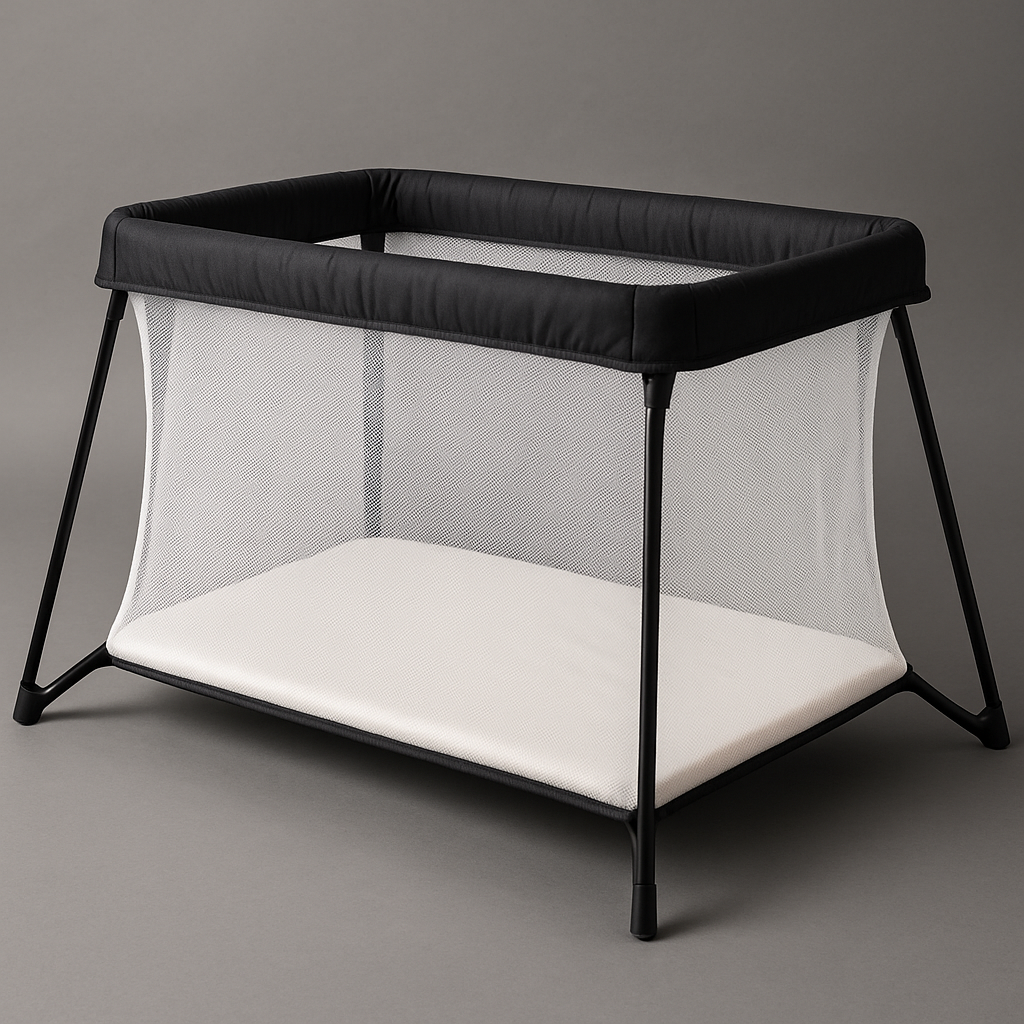How to Safely Camp With a Baby or Toddler
How to Camp Safely with a Child
Camping with little ones can be a rewarding and memorable experience—but it also comes with unique challenges. From packing the right gear to planning around naps and meals, safety and comfort are top priorities.
Whether you're heading to a local campground or setting up in the backcountry, here’s how to safely camp with a baby or toddler while making the most of your outdoor adventure.
1. Choose the Right Campsite
Stick to established campgrounds with easy access to bathrooms and running water if you're new to camping with kids.
Look for shade, flat ground, and safe play areas free of steep drop-offs, sharp rocks, or poison ivy.
Avoid sites too close to rivers or cliffs unless you have secure boundaries.
2. Practice at Home First
Try setting up your tent in the backyard and doing a “trial run” nap or night with your child. This helps them get used to new sleeping arrangements and lets you test your gear.
3. Pack Smart (But Thoroughly)
Must-Haves:
Diapers, wipes, and diaper cream
Extra clothing layers and pajamas
Sunscreen and baby-safe bug spray
Hat and sunglasses
First aid kit with baby items (thermometer, infant Tylenol, etc.)
Portable crib, bassinet, or toddler sleeping pad
Favorite comfort item (blanket, stuffed toy)
Easy, no-cook snacks and meals
Sippy cups and baby utensils
Stroller or carrier for walks and naps
Bonus Items:
Camp high chair or booster seat
Foldable play yard or ground mat
White noise machine (battery powered)
4. Dress for the Weather
Layers are key. Make sure your baby stays warm at night—especially if temperatures drop. Fleece footies, mittens, and a beanie can help keep them cozy.
During the day, use breathable clothing and sun protection. Always keep a spare outfit handy in case of accidents or messy snacks.
5. Create a Safe Sleep Setup
Use a travel crib, bassinet, or toddler cot that fits inside your tent.
Clear the sleeping area of loose blankets or pillows.
Never co-sleep on an air mattress (risk of suffocation or rolling).
Make sure your tent is well-ventilated but protected from bugs.
6. Keep a Flexible Schedule
Forget a strict itinerary. Focus on simple routines:
Eat, play, nap, explore.
Go with the flow and adjust based on your child’s needs and moods.
Plan short hikes or activities near the campsite.
7. Safety First
Never leave your child unattended near water or fire.
Keep sharp tools, stoves, and firewood out of reach.
Check the area for hazards like ants, thorns, or toxic plants.
Bring a well-stocked first aid kit, including any medications your child might need.
Learn basic outdoor first aid or CPR if you’ll be far from help.
8. Keep It Fun and Simple
Let your child explore in a safe, contained area.
Bring simple toys like stacking cups, books, or bubbles.
Take photos, but stay present—camping is all about bonding.
Final Thoughts
Camping with a baby or toddler doesn’t have to be stressful. With the right prep, you can enjoy fresh air, family time, and lots of new experiences. Start small, keep it safe, and build confidence for bigger adventures ahead.



